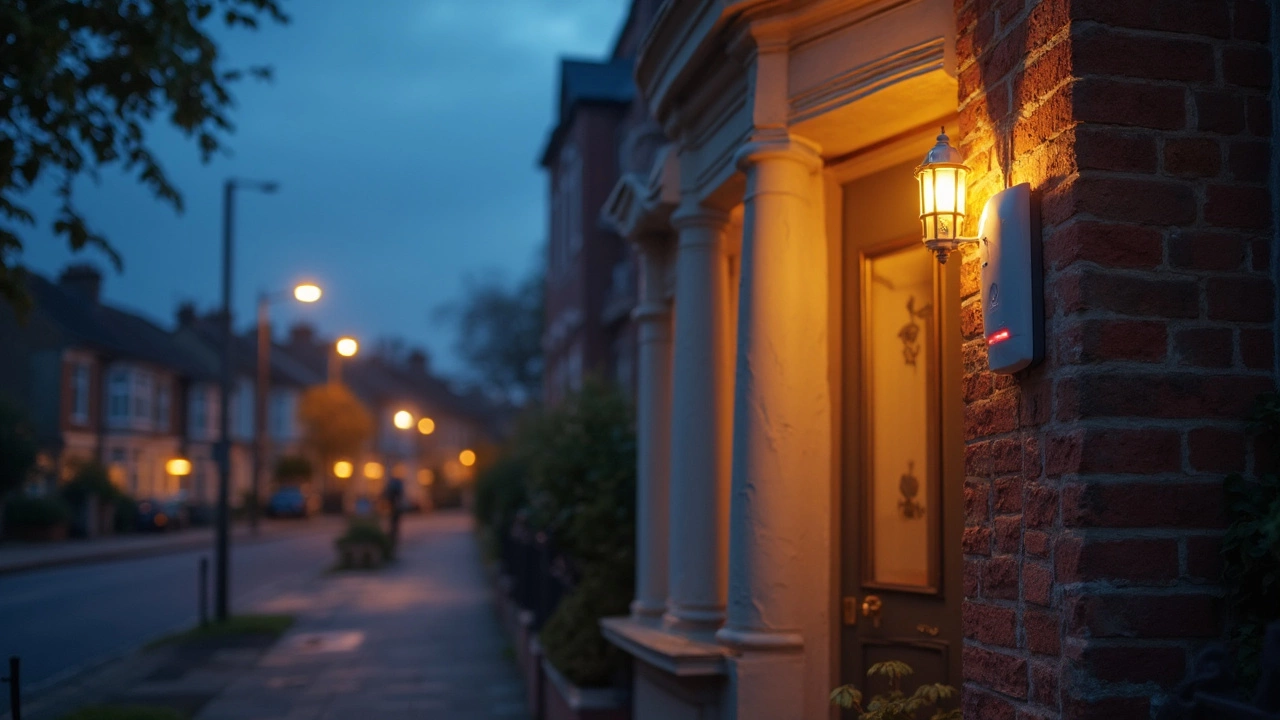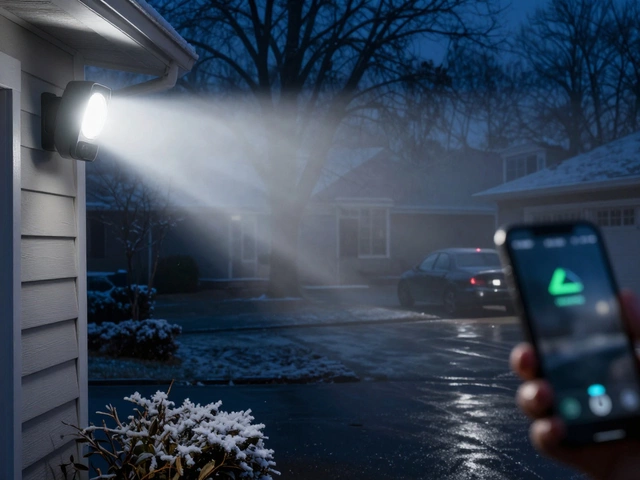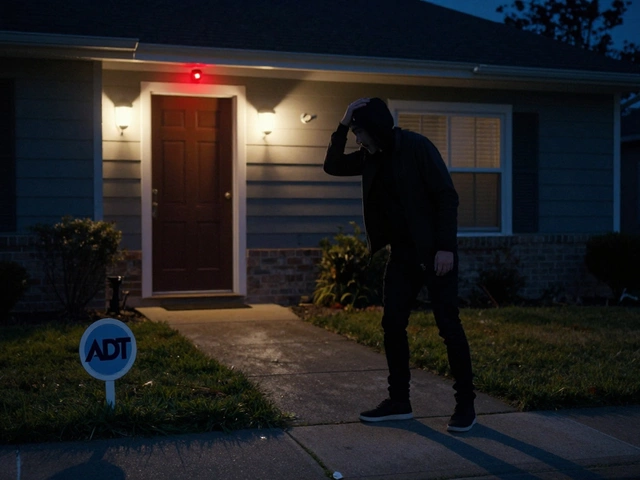Choosing a Burglar Alarm: What You Need to Know
Picking a burglar alarm feels like a big decision, but it doesn’t have to be overwhelming. Start by asking yourself three simple questions: How big is your home, what level of monitoring do you want, and how much are you willing to spend? Answering those basics narrows the field quickly.
Wired, Wireless, or Hybrid?
Wired systems hook into your home’s existing electrical grid. They’re reliable, don’t need batteries, and often work with a landline phone line for backup. The downside is you’ll need a professional to run cables, which can add to installation costs.
Wireless alarms run on batteries and talk to a central hub via radio signals. They’re easy to install yourself or with a quick visit from a tech, and you can move them if you relocate. The trade‑off is you must keep an eye on battery life and ensure a strong signal throughout the house.
Hybrid models combine the best of both worlds: wired sensors for doors and windows, plus wireless motion detectors for hard‑to‑reach spots. If you have a mix of old and new construction, a hybrid might be the most flexible choice.
Monitoring: DIY, Professional, or Self‑Alert?
Do you want a 24/7 monitoring service that calls the police if something goes wrong? Companies like ADT, SimpliSafe, or local UK providers offer monthly plans ranging from £10 to £30. Professional monitoring gives you peace of mind but adds a recurring cost.
If you’re comfortable handling alerts yourself, a self‑monitoring alarm sends push notifications to your phone. You’ll need a reliable internet connection, and you’ll be the one to call the authorities. This option cuts monthly fees but puts the on‑user in charge of response.
Some systems let you switch between self‑monitoring and professional monitoring based on your budget and lifestyle. Look for a flexible contract that doesn’t lock you in for years.
Besides the main alarm, think about extra features that matter to you. Video doorbells, indoor cameras, and motion‑activated lights can deter burglars before they even try the door. Integrated smart home hubs let you arm or disarm the system with a voice command or app.
When you compare prices, watch out for hidden fees. Some providers charge for installation, equipment upgrades, or early termination. Ask for a clear breakdown so you know exactly what you’re paying each month and what you’ll owe if you cancel.
In the UK, many alarm systems still use a landline backup, but newer models rely on cellular networks. If you live in an area with weak mobile coverage, a landline backup might be safer. Check with the installer about signal strength in your neighbourhood.
False alarms can be a nuisance and may lead to fines if the police are repeatedly called. Choose sensors with built‑in tamper resistance and adjustable sensitivity. Test your motion detectors after installation and adjust the range to avoid triggering on pets.
Finally, read reviews from real customers in your region. A system that works great in London might struggle in a rural village. Look for feedback on reliability, customer service, and how quickly the provider reacts to alerts.
Bottom line: match the alarm type to your home’s layout, decide how much monitoring you need, and factor in total cost‑of‑ownership. With those pieces in place, you’ll have a burglar alarm that actually protects you, not just sits on a shelf.






